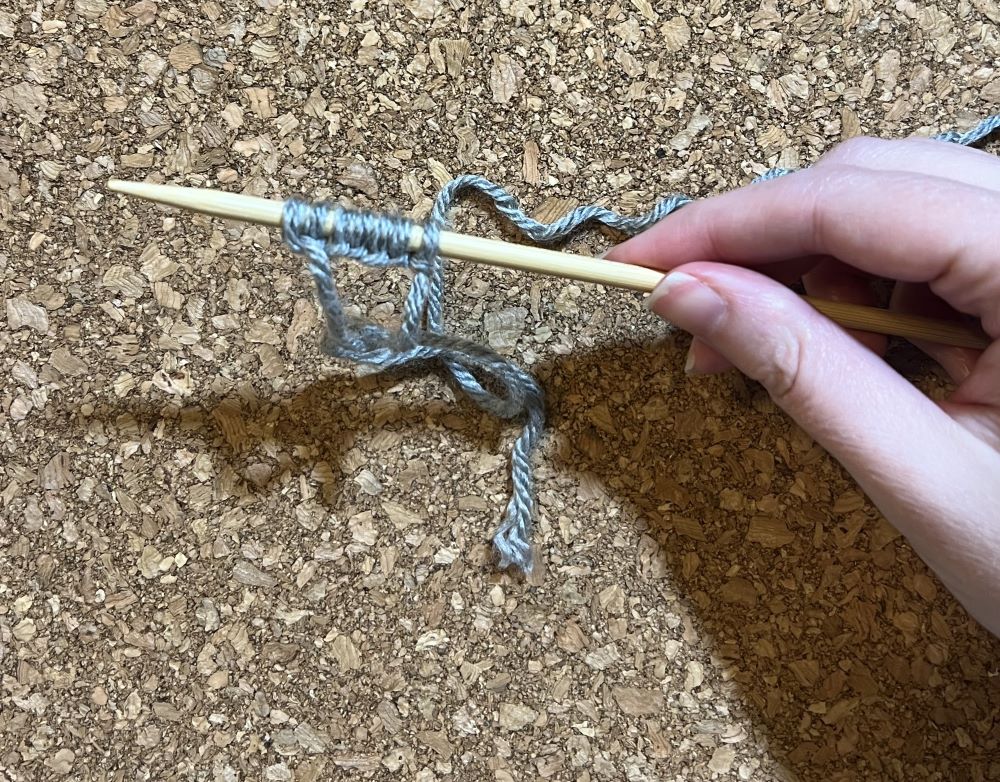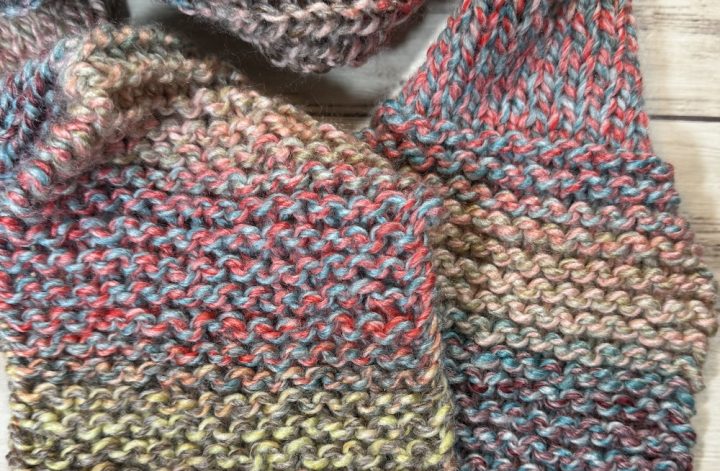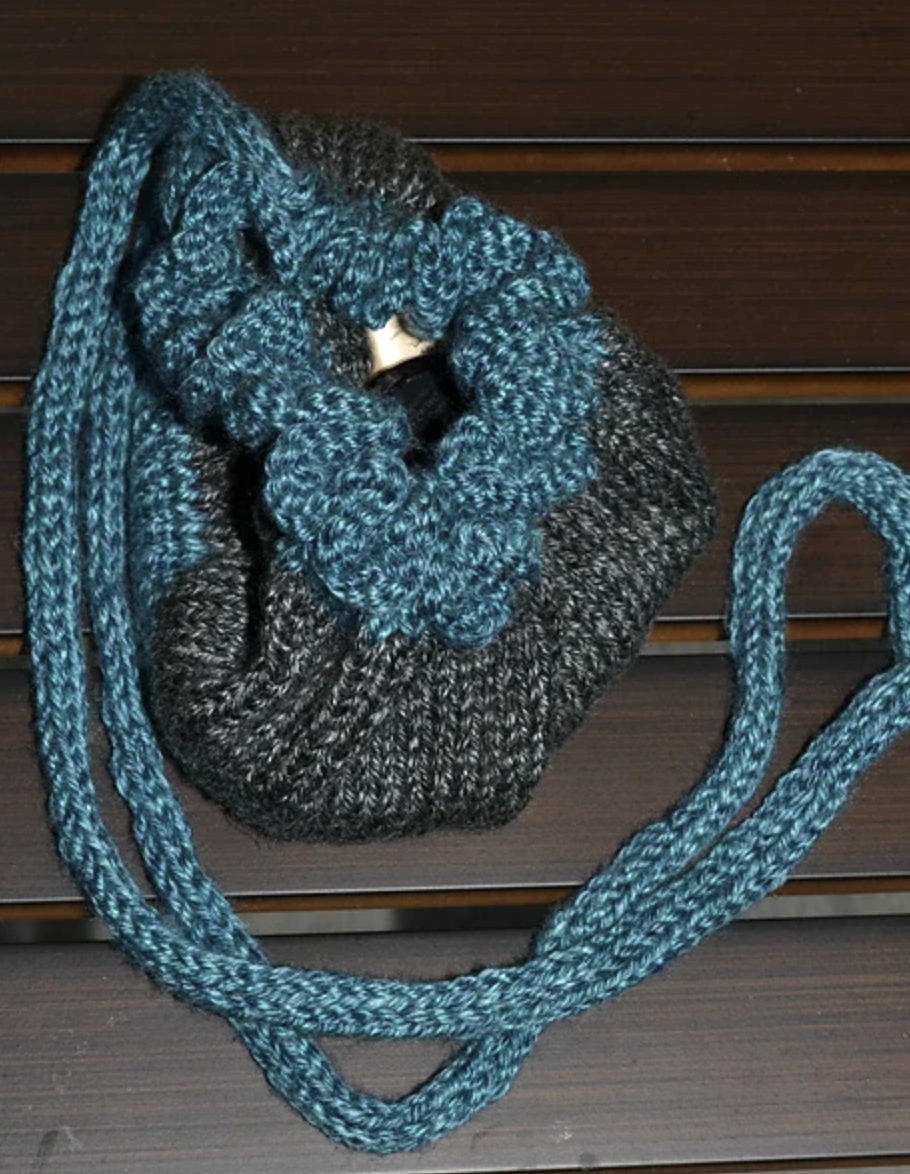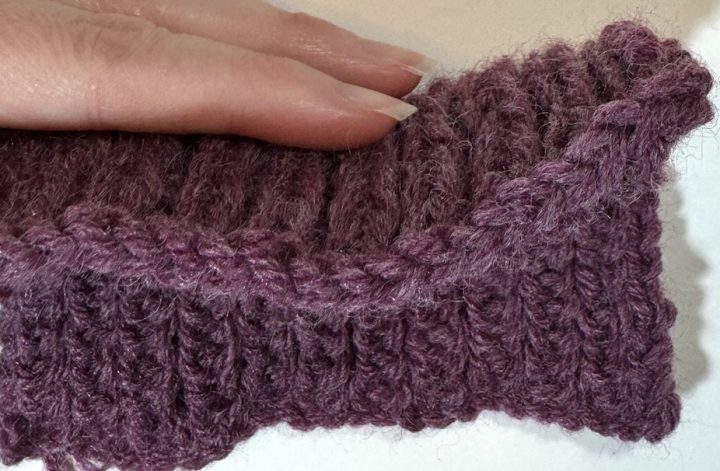Affiliate links may be included for your convenience. View our privacy and affiliates policy for details.
There are many different ways to cast on stitches for knitting, but one of the most basic and quickest to learn is the wrap cast on.
In this cast on the yarn is wrapped around the needle in a particular way to create the loops that will become your first knitting stitches.
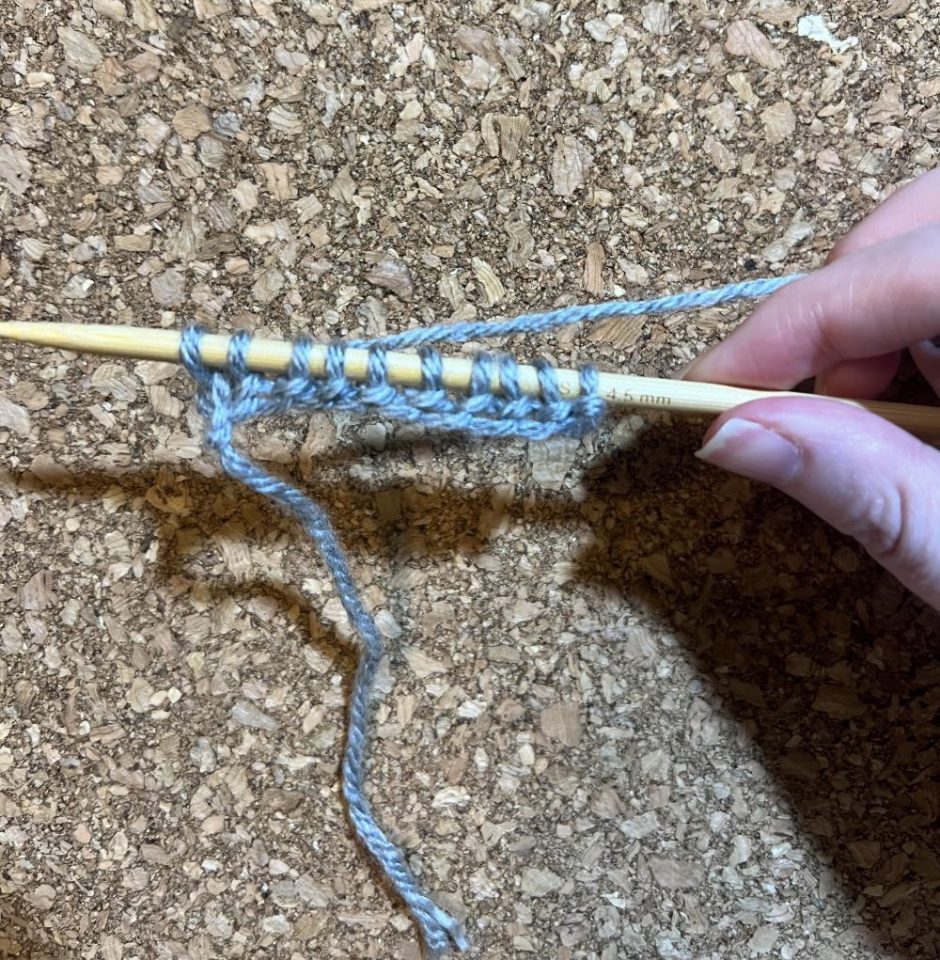
What is the Wrap Cast On?
The wrap cast on goes by a lot of different names, including e wrap cast on (because the loop you’re making looks like a lower case e), loop cast on, backward loop cast on, even the thumb cast on.
It can also be called the half-hitch cast on because the movement that’s done to create the loop is like making a half hitch knot.
It involves forming a loop of yarn around your thumb that’s then placed on the knitting needle. The cast on starts with a short tail and a slip knot.
What Are the Advantages of Using the E Wrap Cast On?
This cast on is easy to learn and quick to do, so you can cast on even a large number of stitches quickly. It doesn’t require a long tail, which is nice for people who don’t like having to estimate how long their long tail should be.
It’s a great cast on method for adding stitches at the beginning or end of an established row or round, or in the middle of a round, like when you cast on stitches for the underarm of a sweater worked from the top down.
Disadvantages of a Half Hitch Cast On
The main potential problem with working a wrap cast on is that it’s difficult to maintain tension as you form the loops. Because you’re just looping the yarn onto the needle, stitches can come out too loose or too tight, or some of both in the same cast on.
It can also be a little tricky to work that first row of stitches because you’re just working into a loop that doesn’t feel as stable as other cast ons. But if you take your time it isn’t too difficult. One tip is to work the stitches on the first row with the needle tips close together so it gives you a little more slack on the loops.
How to Make the Wrap Cast On
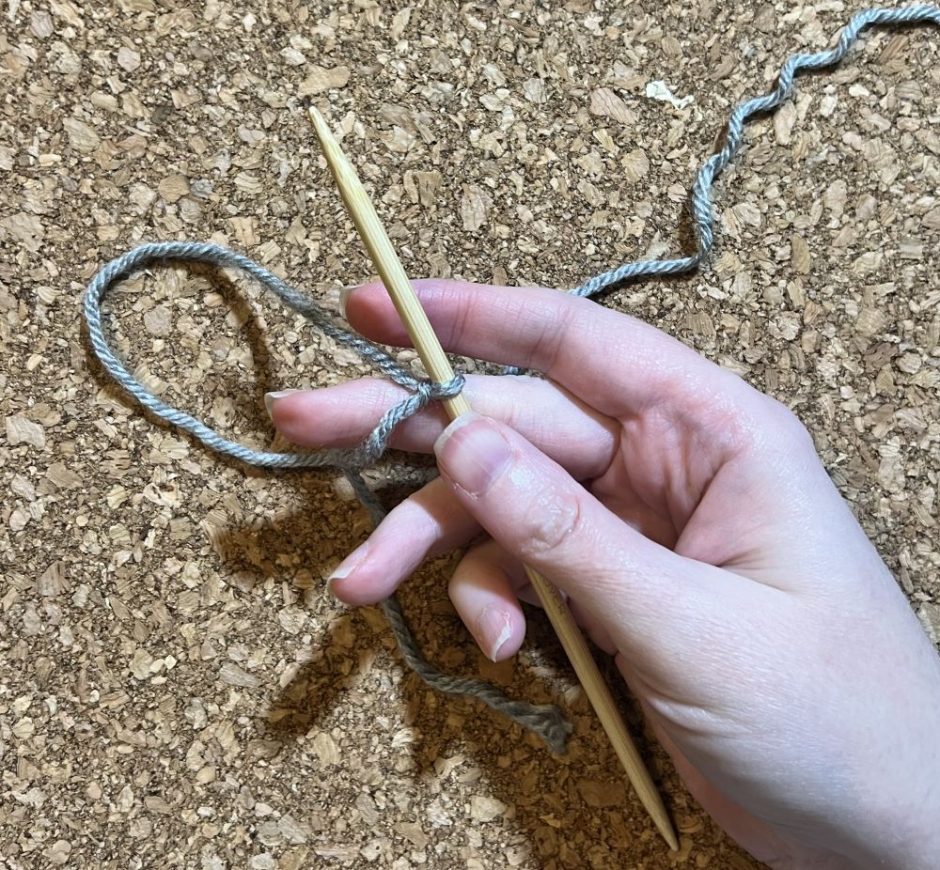
Start with a short tail and a slip knot. You’ll need one of your knitting needles to work this cast on, and you will hold it in your right hand and the yarn in your left hand.
(My favorite knitting needles for beginners are Clover Takumi and this yarn is Lion Brand Basic Stitch, which is accessible for learning.)
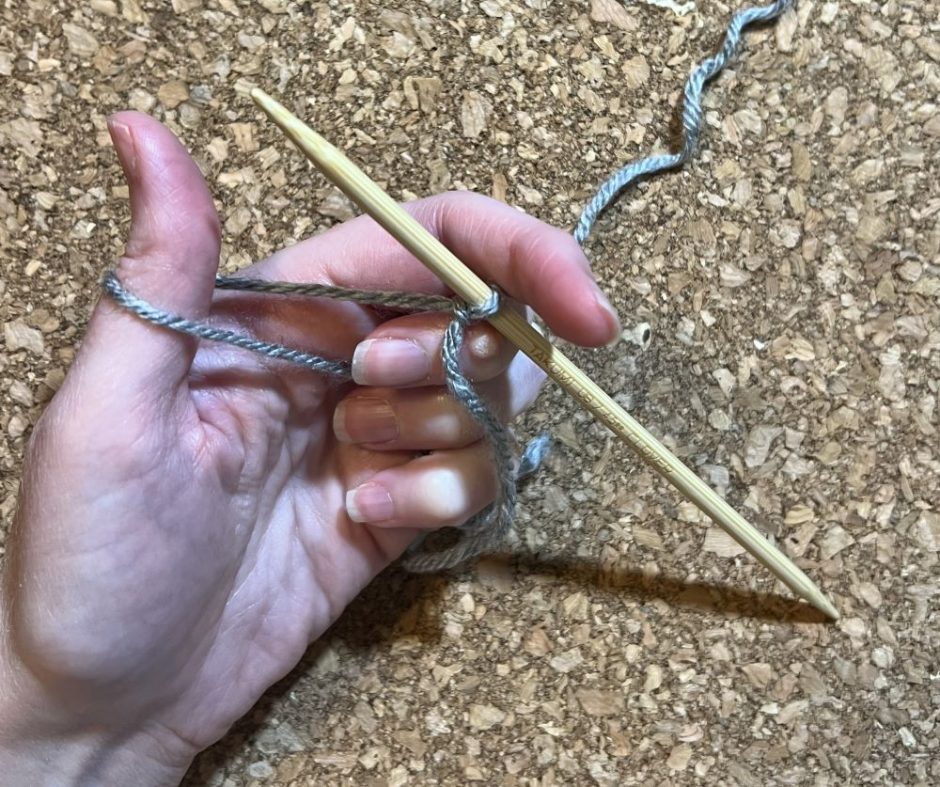
Put the yarn over your thumb with the part closest to the needle going behind your thumb and the ball in wrapping around to the front. (Pretend my right hand is still holding the needle.)
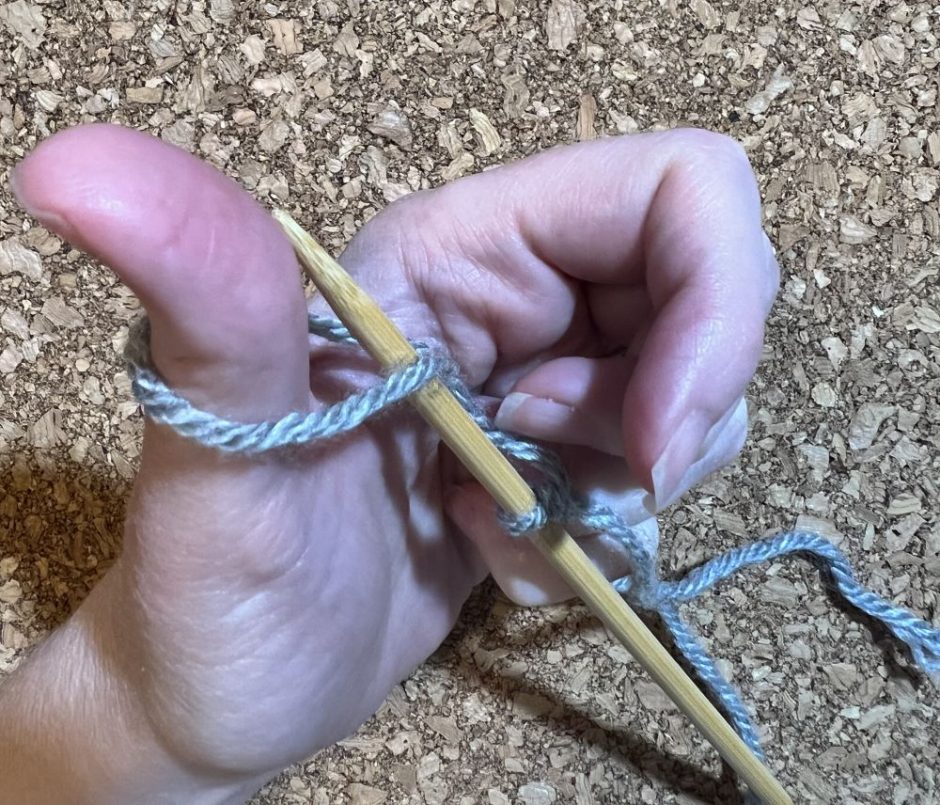
Take the needle under the working yarn that’s in front of your thumb, so that it comes up in the loop formed by the yarn.
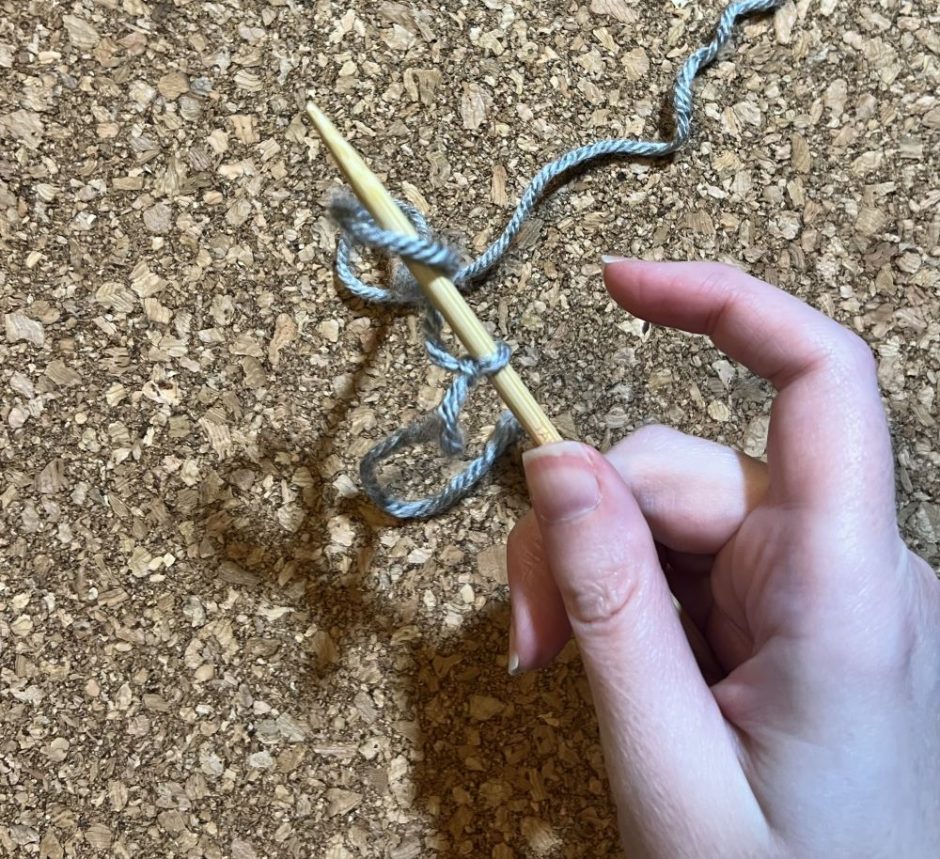
Remove your thumb from the loop and pull on the working yarn to tighten the loop.
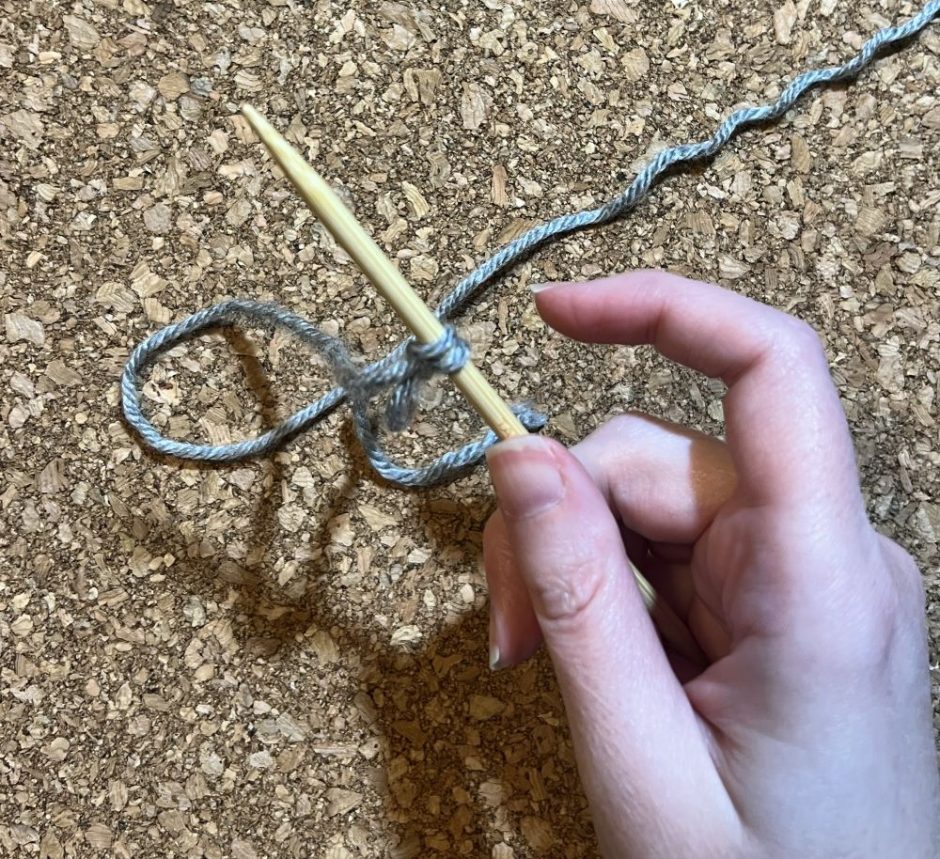
Put the yarn back in position on your thumb and repeat as many times as you need to.
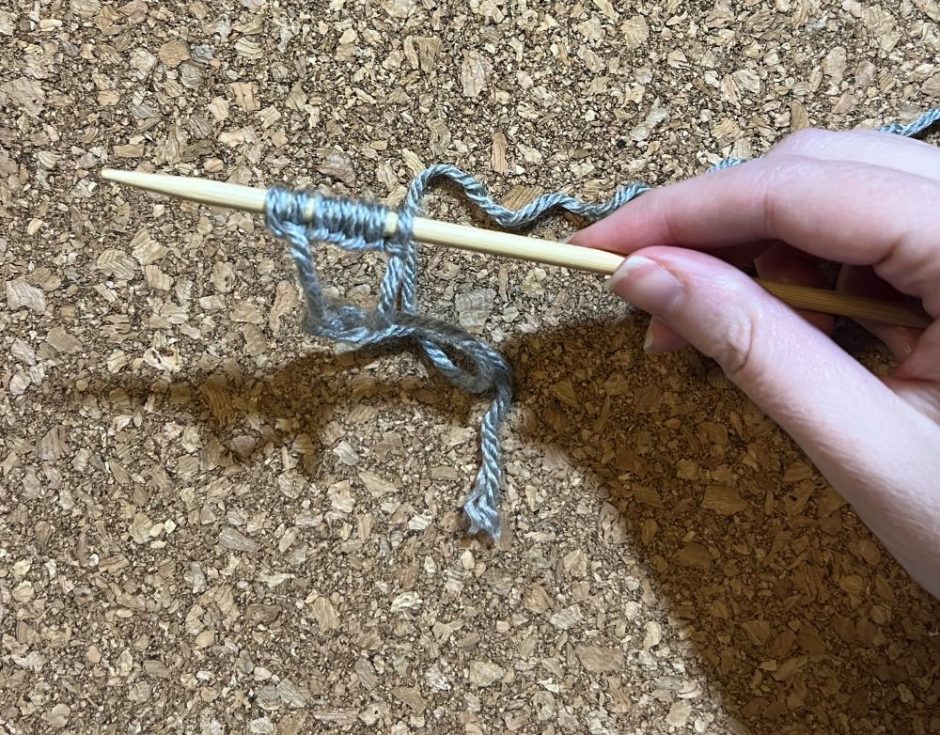
Casting On with the Needle in Your Left Hand
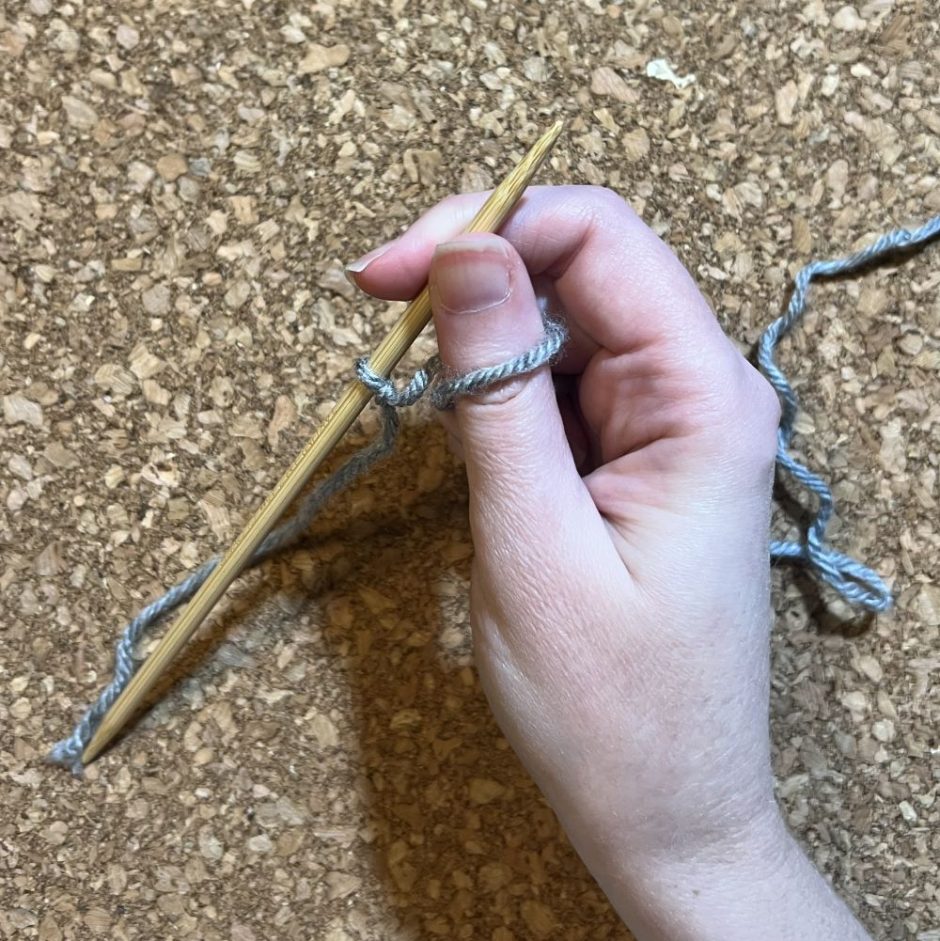
If you prefer, you can work the wrap cast on with the needle in your left hand and the yarn in your right. Hold the yarn in your right hand behind your thumb and wrap it around your thumb, so that the needle end is behind your thumb and the ball end in front. Here imagine my left hand holding the needle.
Slide the needle into the loop on your thumb. Remove your thumb and pull to tighten.
Working Wrap Cast On without a Slip Knot
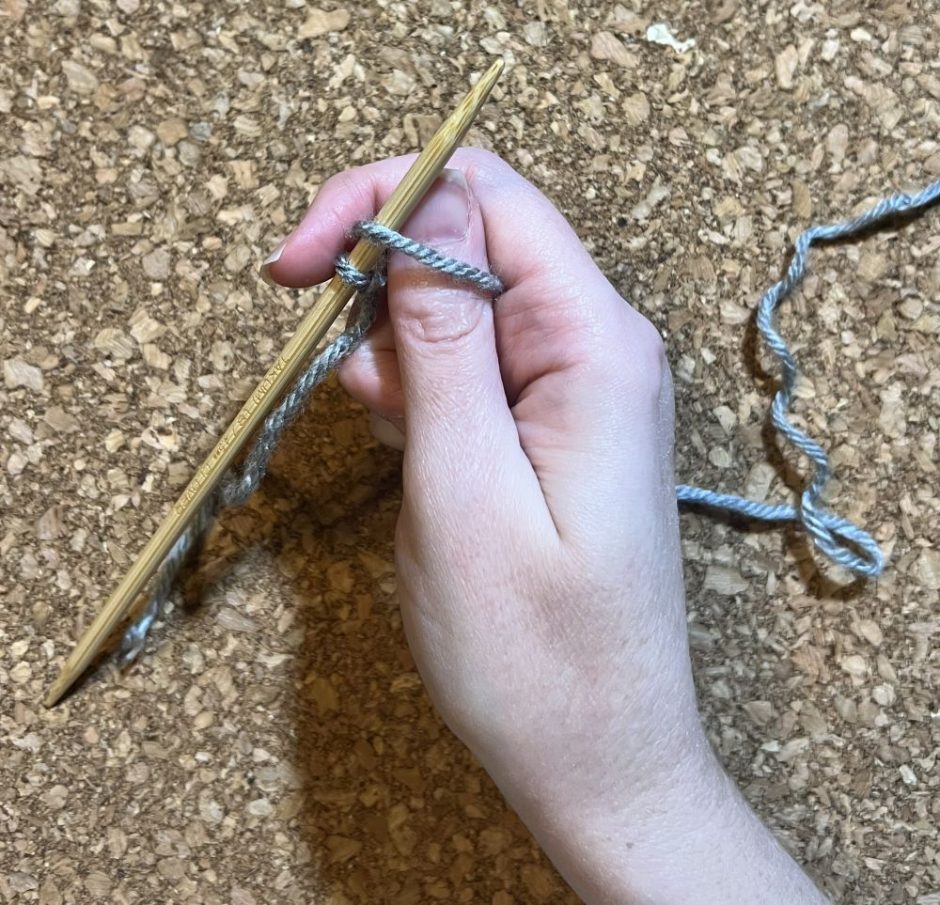
If you prefer to start you cast on without a slip knot, you can do that with the e wrap cast on, too. Just hold the tail end of the yarn behind the needle, then begin to cast on.
When there is just one stitch it will fall off if you let go, but once you have a second stitch in place you can let go of the tail and cast on as usual.
Knitting with the Thumb Cast On
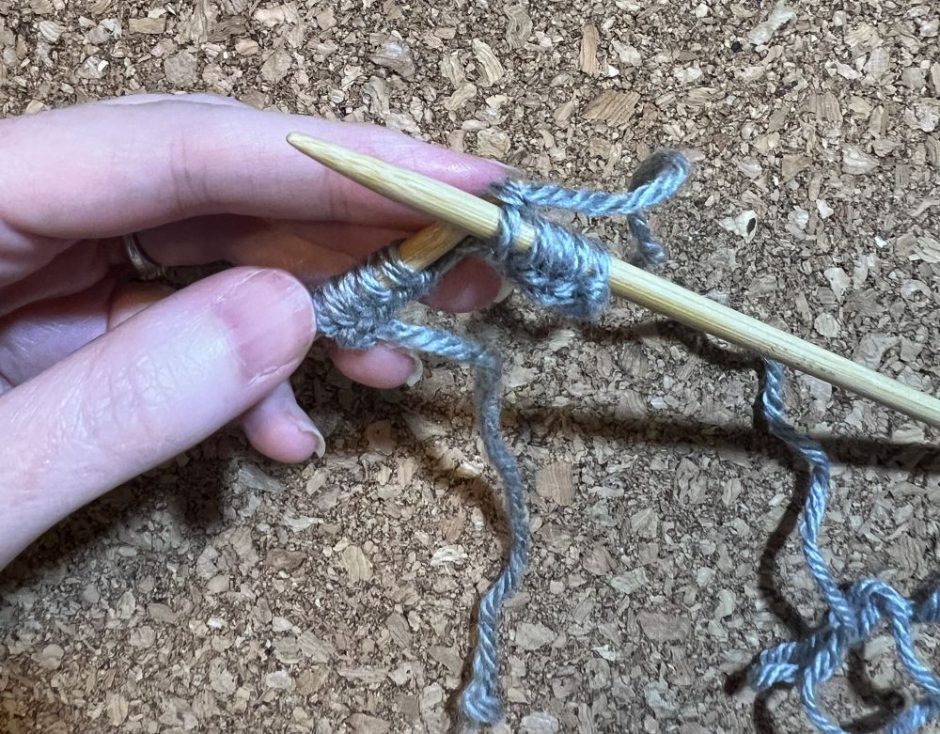
As mentioned earlier, the first row of knitting that comes after the loop cast on can be a little difficult because the loops are not super stable. Just take your time and make sure to count your stitches at the end of the first row to make sure you got all of them.
The cast on does not count as the first row of knitting as it would with the knit, cable or long-tail cast on.
Variations on the Half Hitch Cast On
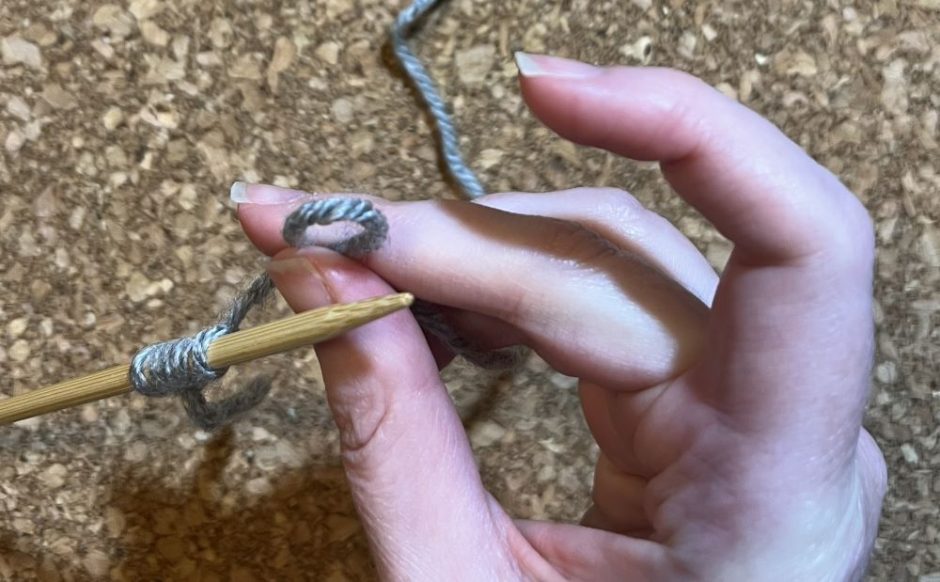
If you don’t like working this cast on from your thumb, you can do the same thing wrapping the yarn around your index finger.
I sometimes wrap the yarn around my index finger, then remove the loop from my finger and slip it on the needle to tighten rather than bringing the needle in while it’s still on my finger. For some reason I find this a little faster and it doesn’t affect how the stitch turns out.
Practice these different wrap cast on methods and you’re sure to find a favorite.
